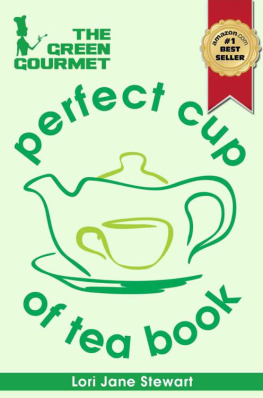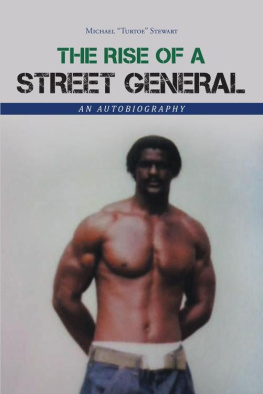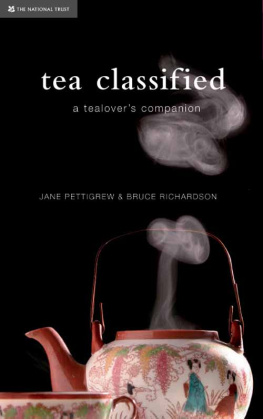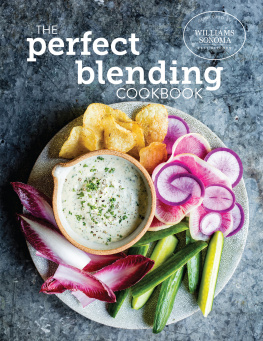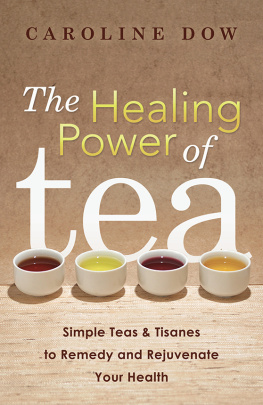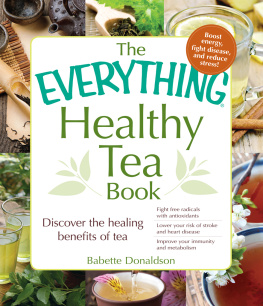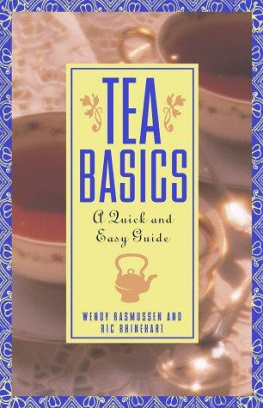The Green Gourmet: Perfect Cup Of Tea Book
Tea History & Culture, Teas of the World, Growth & Processing, Blending & Grading, How To Match Tea with Food and How To Make the Perfect Cup of Tea
Lori Jane Stewart
Copyright 2012
Copyright
Copyright 2012 Lori Jane Stewart & 3D4T - All rights reserved.
This Kindle book contains material protected under International and Federal Copyright laws and Treaties. Any unauthorized reprint or use of this material is prohibited.
Unauthorized duplication or distribution of this material in any form is strictly prohibited. Violators will be prosecuted to the fullest extent of the law.
No part of this publication may be reproduced, stored in a retrieval system or transmitted in any form or by any means, electronic, mechanical, photocopying, recording or otherwise, without prior written permission from the author/publisher.
The author, publisher, and distributor of this product assume no responsibility for the use or misuse of this product, or for any physical or mental injury, damage and/or financial loss sustained to persons or property as a result of using this system. The liability, negligence, use, misuse or abuse of the operation of any methods, strategies, instructions or ideas contained in the material herein is the sole responsibility of the reader.
The material contained in this publication is provided for information purposes only.
Contents
The History and Legends of Tea
Each day people all over the world drink some form of tea. Yet, most of those people have no idea what a rich history tea has or where it all began. If you're going to enjoy a relaxing cup of tea, you should know the roots behind the leaves.
It is widely accepted that the original tea bushes grew in the Eastern Himalayan Mountains. That's why the oldest tea legends and historical references came from regions in India and China. In fact, there are many different forms of Chinese tea, which all come with their own myths and legends.
Dragonwell Tea:
Dragonwell tea is also called Lung Ching and it is one of the finest forms of Chinese green tea. There are a few different types of Dragonwell. The best form of it is thought to be the one harvested prior to the spring rainy season.
The legend of Dragonwell tea states that a young monk around 250 AD was told that the old monastery had a spring near it. During a time of a great drought, the monk went to pray to the dragon for rain. The rain began almost immediately and that year's crop of tea was saved. Not only that, but the spring never dried out again after that.
The Truth Behind The Legend:
The truth, however, is that nobody knows for sure exactly when Dragonwell tea or Chinese tea in general, first appeared. The best estimate is sometime between 2700 BC and 220 AD. That's because there was no character in the written Chinese language to represent tea until the days of the Tang Dynasty.
Although the Tang Dynasty was the first Chinese dynasty to really emphasize tea, each dynasty since then has brought its own changes to how the people of China, and people around the world, have viewed tea. For example, the Ming Dynasty is where black, green and oolong teas, as we know them today, originated. That was back between 1368 and 1644 AD.
The Legend Of Drinking Tea:
Tea was first used in more of a medicinal way by many civilizations, including the ancient Chinese and people in regions that are now part of Russia. However, there is a very interesting Japanese legend about how tea made the move from medicine to beverage.
The legend states that a Buddhist saint meditated for 9 years without stopping. Then he finally succumbed to sleep. When he awoke, realizing his weakness, he angrily tore off his eyelids so that he could no longer sleep. The legend says that tea plants sprouted from the eyelids and that's how tea became not just a beverage, but also a meditation and relaxation aid.
An alternative legend of how tea came to be a widely accepted beverage comes from China. The Chinese say that Shen Nung, a legendary emperor who lived from 2737 to 2697 BC, discovered tea as a drink. It is said that he was boiling some water and a tea leaf fell into it. He liked the flavor and tea was born. Shen Nung is also credited with a number of other discoveries and innovations. In fact, he is known as Father of Agriculture, among other titles.
A very similar legend in India tells of a prince called Dharma who stayed awake for 9 years in order to preach Buddhist teachings to China. Near the end of the ninth year he almost fell asleep, but he started chewing on some plant leaves, which turned out to be tea leaves. The invigorating powers of the plant allowed Dharma to continue his teachings for another 6 years without sleeping.
The Real Spreading Of The Tea Phenomenon:
Obviously, tea drinking for relaxation and for medicinal practices has now become a world-wide phenomenon, but how did that occur? Well, back in the fifth century Turkish traders helped tea make it into Tibet and Mongolia. In the sixth century, it slowly spread into Japan, along with Buddhism. Buddhist monks in Japan later began growing their own tea.
Amazingly, it took another ten centuries or so before the Europeans really became fully involved in the tea trade, beginning with the Dutch in the seventeenth century. Then, in the late eighteenth century, the Boston Tea Party, which occurred in 1773, marked a great debate over the movement of tea from Europe to North America. Luckily for modern tea drinkers, tea is now commonly found in homes on both contents.
The Legends Of Earl Grey:
Tea legends aren't just limited to ancient china. Earl Grey tea will forever have a place in pop culture, thanks to the popular TV series Star Trek: The Next Generation and other pop culture references. However, long before Earl Grey, hot. was uttered by the captain of the Enterprise on Star Trek, the real Earl Grey lived in England.
In the 1800's, a British earl, named Earl Grey, was Prime Minister. One story says that Earl Grey tea was a gift to Earl Grey from a Mandarin. Earl Grey then often asked his tea merchant for that blend. When the public learned of that, they quickly began asking for Earl Grey's tea.
A Modern History Of Tea:
In modern times, all of these historical events and legends have combined to make tea a huge part of every culture. For example, in the USA and Britain, tea is now often used medicinally for cleansing and weight loss. It is also used to simply help one relax after a hard day at work.
For some people, tea is even used as a way to connect with others. Those in Britain have been having tea each afternoon for years. It is a great way to make meetings and interviews less formal, or simply reconnect with friends and relatives.
So, no matter where you come from, what your heritage is or why you like tea, take a moment to think about how you came to be drinking your favorite cup. It took a lot of history, a lot of work and a lot of legends to get tea from the Himalayas to your kitchen.
Tea Culture and Rituals
As you probably know, there is a rich history of tea drinking in almost every culture around the world. However, the exact tea culture and rituals vary from place to place and even from one time period to the next.
Asian Tea Rituals:
The term tea culture all started in Asia, which isn't surprising. After all, Asia is the birthplace of the original tea plants. Originally, Asian tea culture revolved around Buddhist meditation practices. However, it was soon embraced by healers as a medicinal plant. Soon after that, it became a way to entertain scholars, artists and other elite members of society.
In the Chinese society, tea has a number of cultural meanings. Most of them center around weddings or family gatherings. Sunday is considered a day for families to gather at restaurants and drink tea. It is an opportunity for parents to reconnect with their adult children, as well as their grandchildren.
Next page
